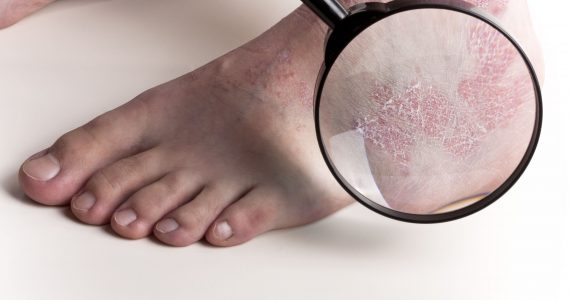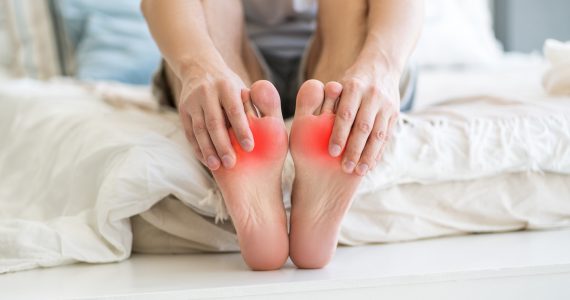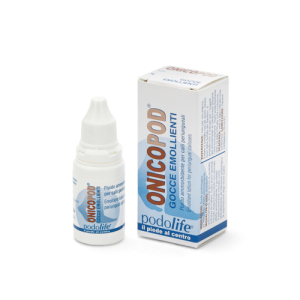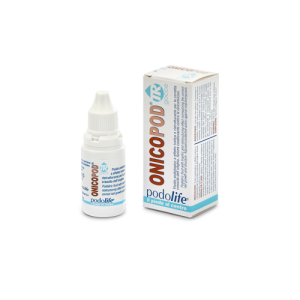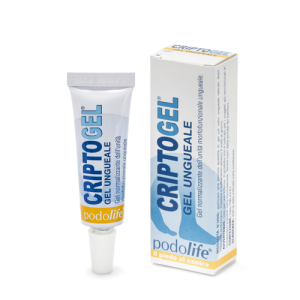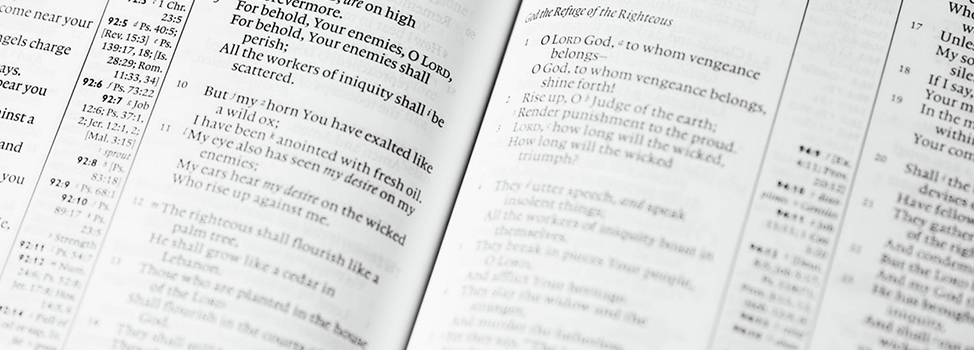
Have you ever wondered if saying “broken nail” is the correct term? Or what is the correct name of the ingrown nail?
With this small glossary, every nail “problem” has its name (to learn about all the pathologies, read the in-depth “Nail disorders”).
Let’s see the words of the nails together!
Glossary on nail disorders
Anonychia
Absence of toenails; if congenita, individuals are generally missing all the nails in a permanent condition. It may occur transiently, after trauma or systemic diseases; and is also observed in case of onyco-osteodysplasia. Read more in the dedicated article.
Hapalonychia
Condition in which nails become feeble and thin and prone to fissures; it associated with endocrine disorders and malnutrition, as well as following contact with strongly alkaline substances.
Koilonychia
Concavity of the nail plate in both longitudinal and transverse axes, associated with nutritional disorders, iron deficiency anemia and endocrine diseases.
Watch-glass nails or clubbing
Is a nail deformity associated with chronic obstructive pulmonary, or heart, disease.
Hemorrhages
Hemorrhages appearing under the nail plate, may result from a vitamin C deficiency, subacute bacterial endocarditis and dermatological diseases. The subungual hematoma is caused by injuries on the nail bed.
Subungual hyperkeratosis
Hypertrophy of the ungual bed that might be associated with onychomycosis, psoriasis and other skin disorders.
Leukonychia
Refers to the white discoloration of nail as the result of trauma or systemic disorders like nutritional and endocrine deficiency. Read more in the dedicated article.
Beau’s lines
Band-like depressions extending from one lateral edge of the nail to the other, they are the sign of recurrent cessation of nail growth. They may be due to trauma or systemic diseases.
Onychauxis
Nail disorder that causes nails to grow abnormally thick, caused by persistent micro trauma and/or onychomycosis. Read more in the dedicated article.
Onychia
Inflammation of the nail matrix causing deformity of the nail plate and is due to trauma, infections and systemic disorders like rash.
Onychitis
Generally indicates nails inflammation.
Onychoatrophy
Nail atrophy or underdevelopment, due to trauma, infections, endocrine dysfunction or systemic diseases.
Onychoclasis
Nail plate breaking or fracture.
Onychocryptosis
Ingrown nail or, more specifically, hypertrophy of the nail fold; called also referred to hypertrophied ungualabia, is one of the more frequent nail disorder. Read more in the dedicated article.
Onychogryphosis
Is a hypertrophy that may produce nails resembling claws or a ram’s horn; either of congenital origin or resulting from many systemic disorders, as trychophytia. See also onychauxis. Read more in the dedicated article.
Onycholysis
Distal separation of the nail plate from the nail bed caused by trauma, chemical damage or diseases; it associated with psoriasis. Read more in the dedicated article.
Onychomadesis
Complete loosening and shedding of nails.
Onychomalacia
Condition in which nails become abnormally soft and start to break.
Onychoma
Tumor originating from a nail bed.
Onychomycosis
Fungal infection of the nails associated with foot mycosis. What are onychomycosis? Read the article here
Onychorrhexis
Longitudinal ridging or fissuring of nails due to dermatitis, nail infections, systemic diseases, aging or chemical damage. Read more in the dedicated article.
Onychoschizia
Splitting, brittle, soft or thin nails due to dermatitis, infection, syphilis or chemical damage. Read more in the dedicated article.
Onychosis
Disease or deformity of the nail plate, also termed onychopathy.
Pachyonychia
Hard thickening of all the nail plate. Nails get a more solid consistency and more regular shape in respect of onychogryphosis. Generally, is a congenital disorder associated with hyperkeratosis of palms and soles. Read more in the dedicated article.

